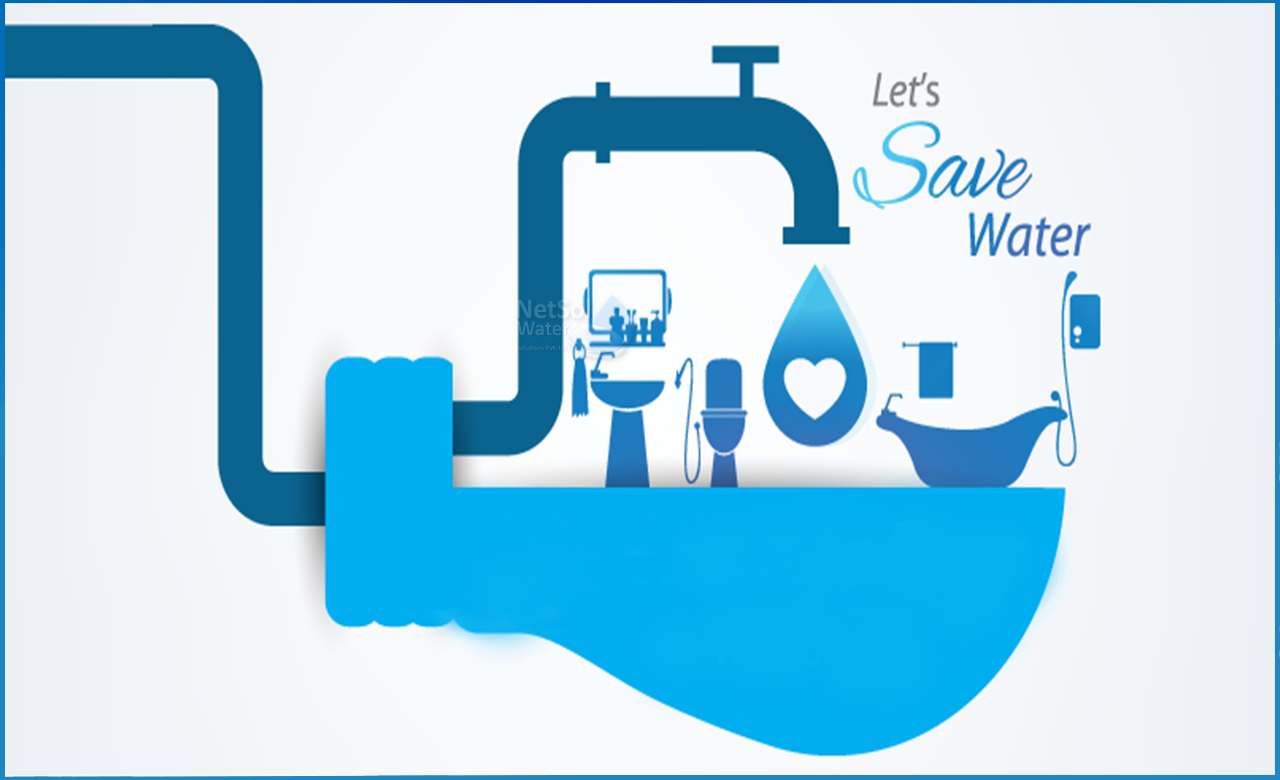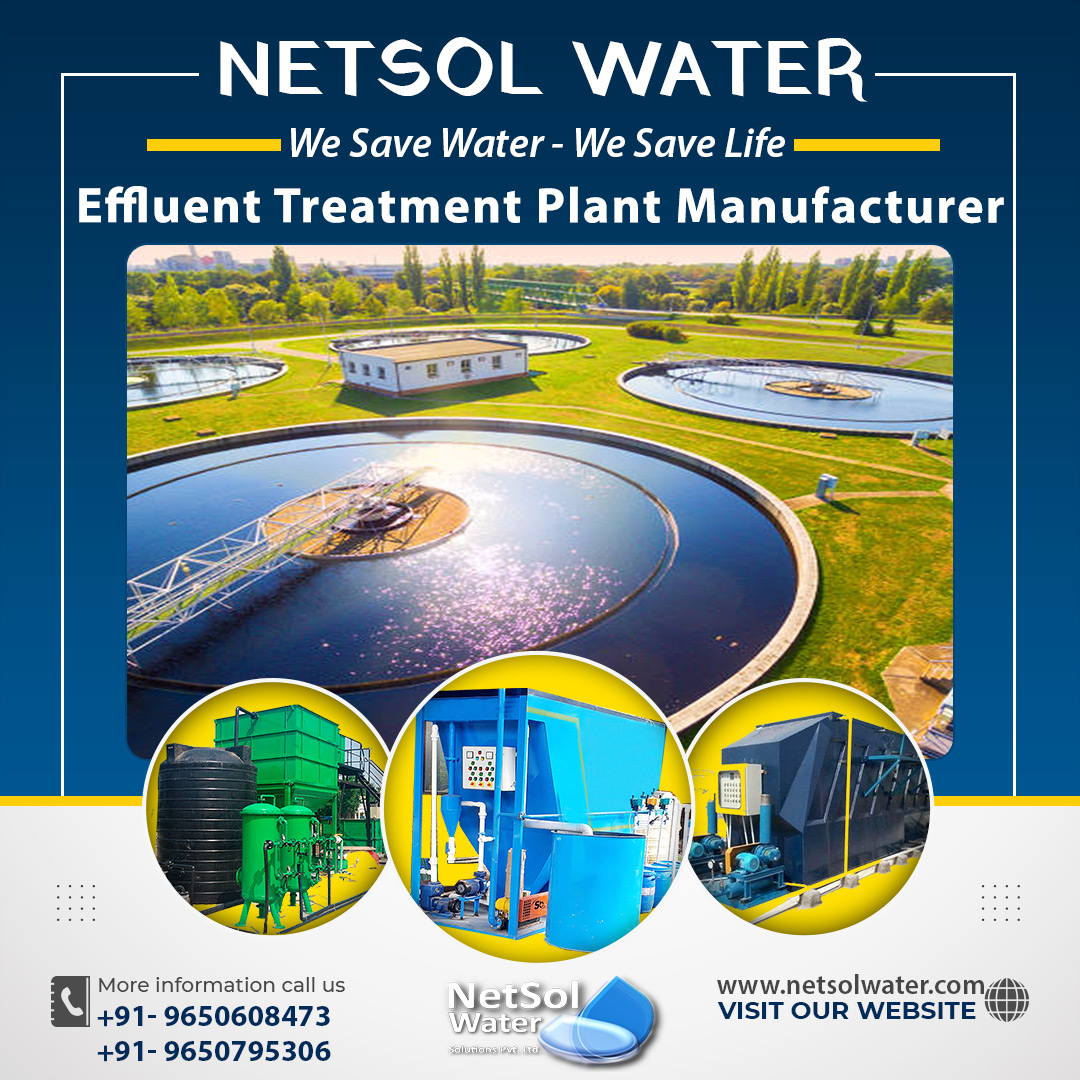Is it really possible for a company to completely eliminate its water footprint?
The problem arises from how people understand and interpret the water footprint. In addition, companies and institutions are not really clear on what they mean by water. When a company claims it is water neutral, it means that the company is returning the same amount of water to the source from which it is drawn. This is certainly not possible.
It might be a good idea to paraphrase it. Simply saying that a company uses water wisely and strives to recycle and reuse water as much as possible can be better for the company's brand image. They are aware of their social responsibilities and are trying to avoid expert pessimistic predictions. Experts have predicted by 2035 the world will be water scarce.
As individuals and as a community, we need to recognize the concept of "water neutral" and the meaning of the term "water footprint". Then people will pay more attention to their daily lives and try to minimize the waste of water. Informed decisions made by individuals when purchasing food and other products can make a difference in the world.
"Water neutrality" is a relatively new concept. The term "water neutral" was first used at the 2002 World Summit on Sustainable Development in Johannesburg built by South African businessman Pancho Ndebele. It simply means returning all the water droplets we use.
"Water Footprint" is the amount of water used to produce each product or service we use, i.e.,finding out how much water you use for individuals, businesses, and even the country as a whole. The concept of water footprint has forced people to think deeper and more critically about the use of water. Individuals and businesses need to do everything reasonably possible to reduce their water footprint.
Coca-Cola was widely criticized for water practices in the mid-2000s. The company used local water sources to reduce water distribution costs. Indian farmers accused the company of stealing their water and livelihoods. The Coca-Cola brand image has been hit hard. The company's CEO, E. Neville Isdell said his company is working to replace the "drop by drop" of water used in beverages and production to balance the community and nature. He added that he would strive to make the coke business "water neutral" by 2020.
Research has shown that 35 litres of water is needed to make 0.5 litres of beverages. Of these 35 litres, about 28 litres were used to grow sugar plants and sweeten drinks. Approximately 7 litres were used to make PET bottles, and only 0.4 litres were used in the bottling plant for every 0.5 litter of product. Therefore, everything depends on how "all droplets" and "water" are defined.
Some companiesare trying to claim that they are striving for water neutrality. It's no exaggeration to say that companies have tried to save and recycle water or minimize waste, but if they claim to return all the water droplets or try to do so, then there is definitely a problem with the "water footprint" calculation. ". This is the meaning of “water neutral" that means returning all the water drops you take. It is impossible to be truly "water-neutral" because the organization cannot truly eliminate its "water footprint". Companies can undoubtedly improve the way they use water and recycle or reuse available resources. Some companies have been very successful in reducing water usage and has made great efforts in that direction. Achieving water neutrality is practically impossible, but efforts must be made to achieve the ideal state of reducing all the water droplets used.
Every step you take towards that goal makes sense.




